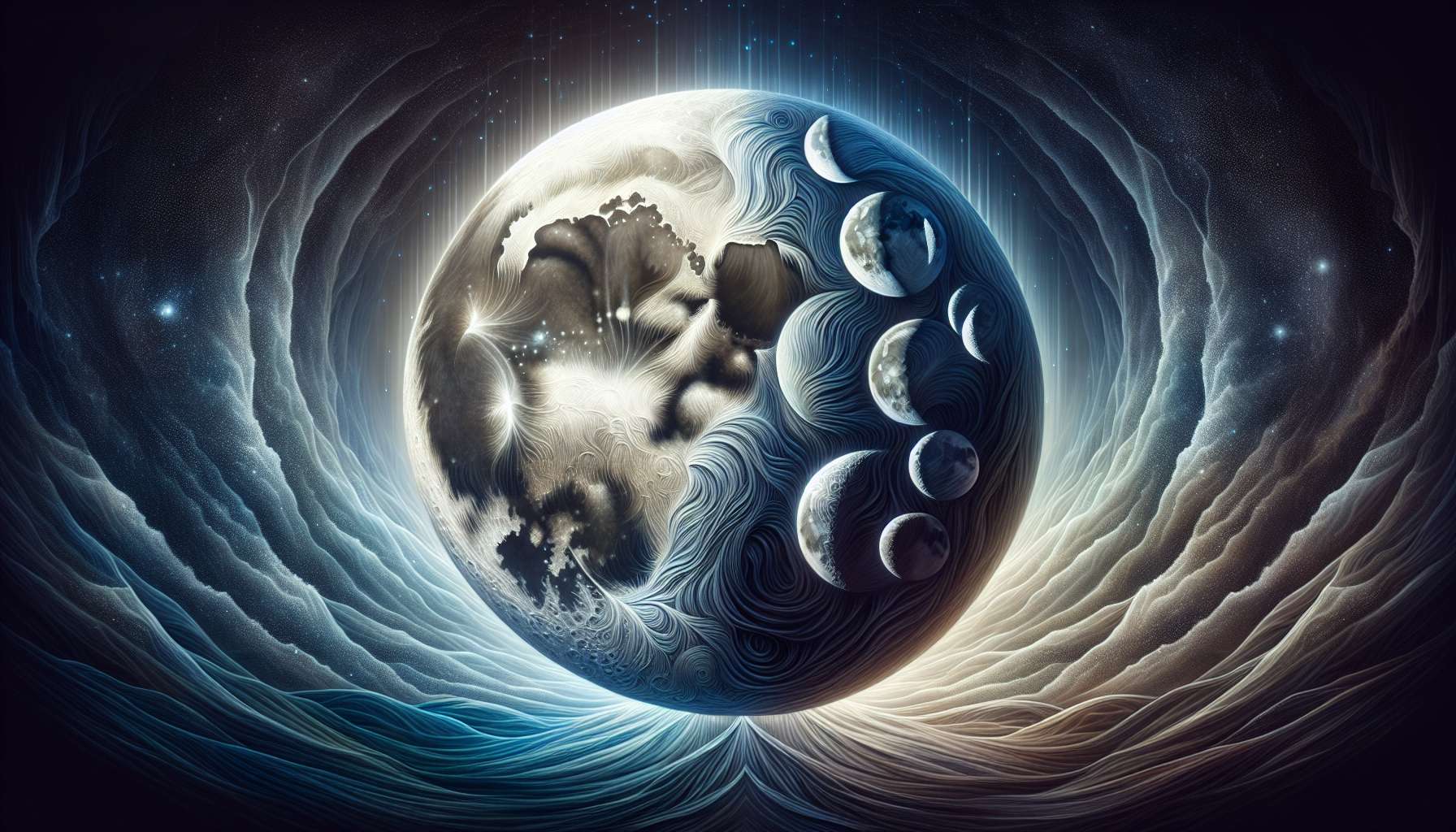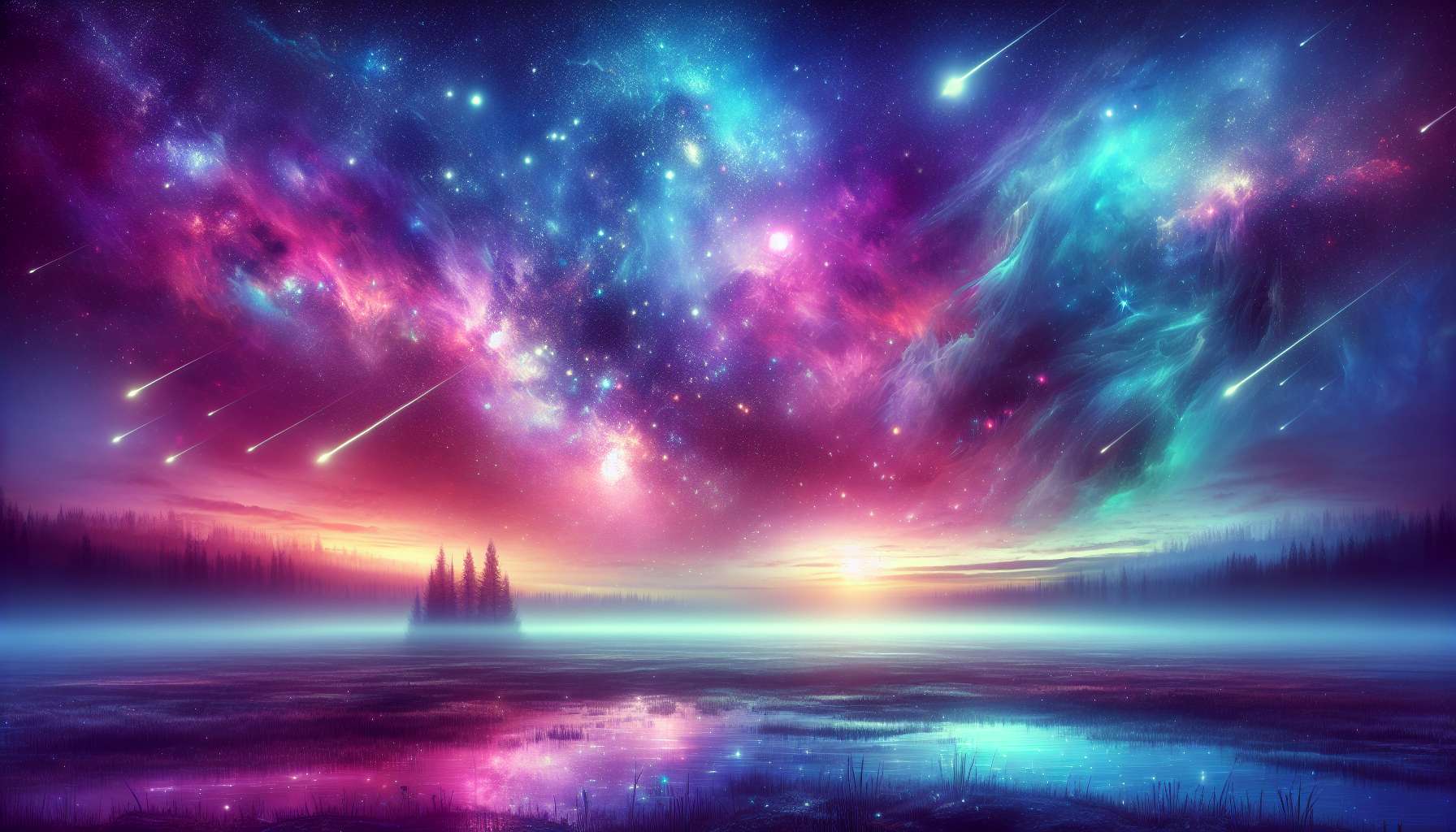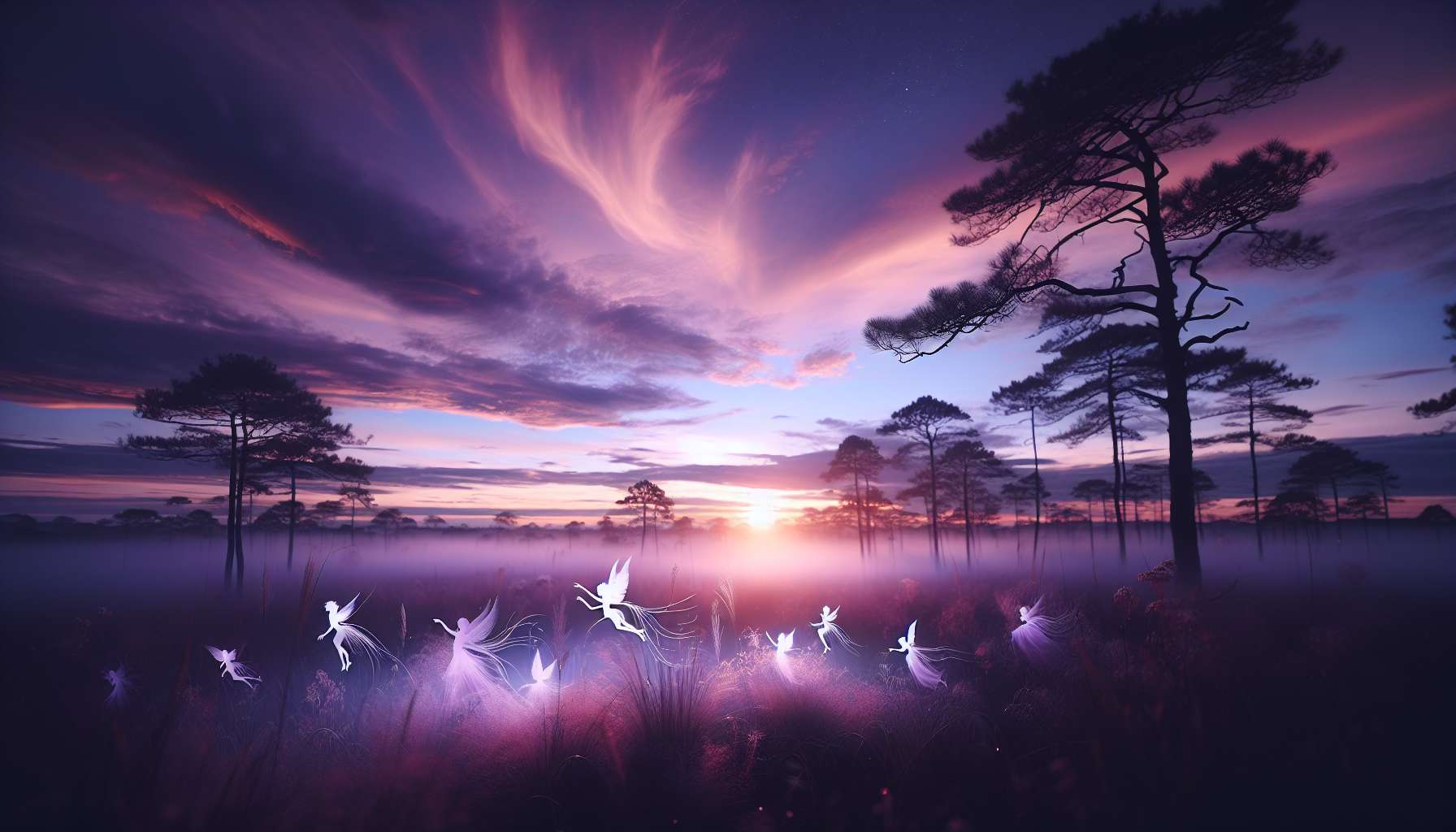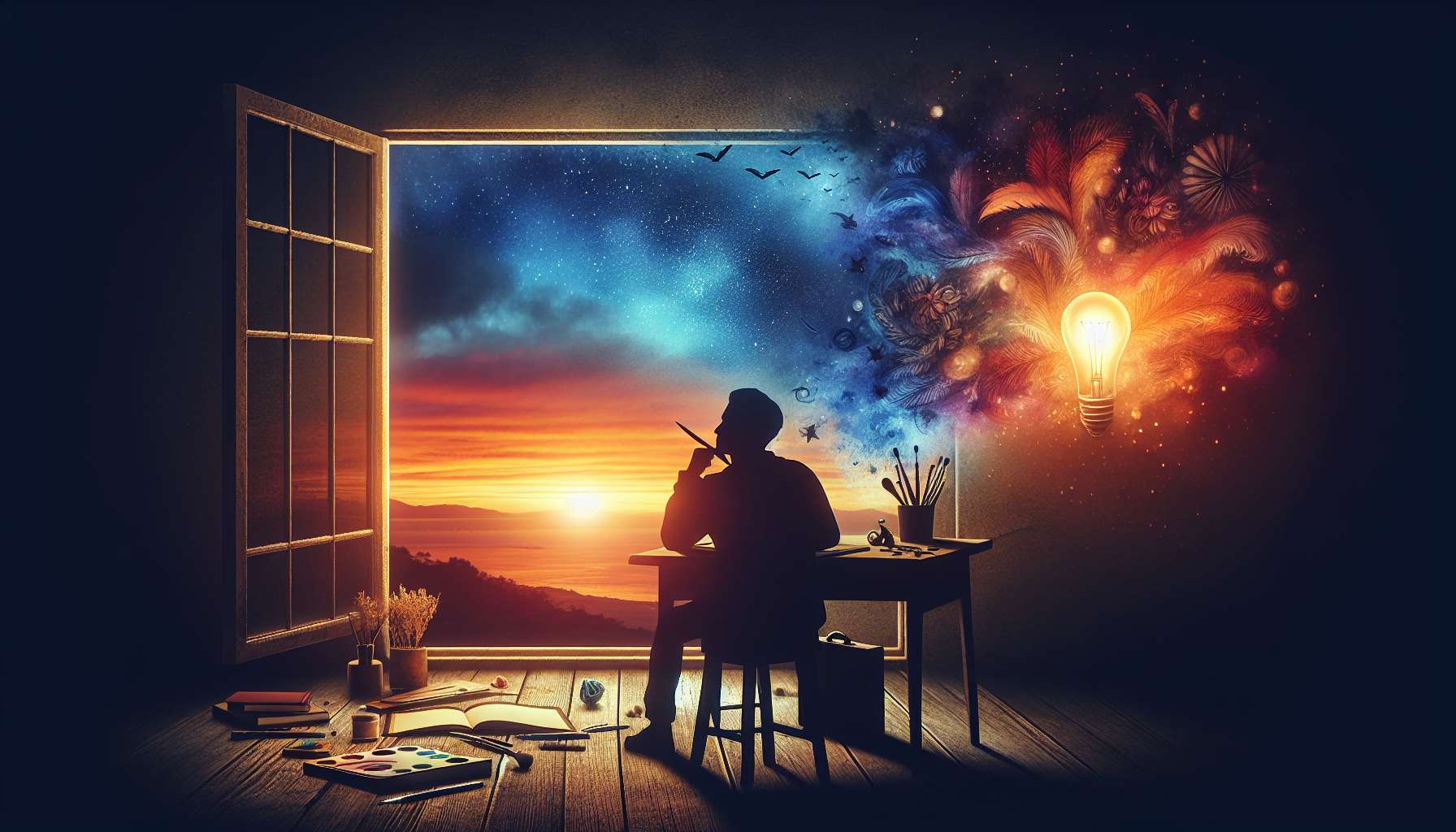Lunar Phases in Art: A Celestial Exploration
As humans, we have always been captivated by the moon and its ever-changing phases. This celestial body has inspired countless artists throughout history, leading to the creation of masterpieces that capture the beauty and mystique of the lunar cycle. From ancient cave paintings to modern digital art, the moon has played a central role in artistic expression. In this article, we will delve into the world of lunar phases in art, exploring how artists have interpreted and represented the moon in their works.
The Moon in Art History
Throughout history, the moon has been a symbol of mystery, magic, and feminine energy. In ancient civilizations, the moon was often associated with goddesses such as Artemis and Selene, who represented fertility, intuition, and wisdom. Artists in ancient Egypt, Greece, and Rome depicted the moon in their paintings and sculptures, highlighting its importance in their religious and cultural beliefs.
During the Renaissance period, artists like Leonardo da Vinci and Michelangelo incorporated the moon into their works, using its luminous glow to create dramatic lighting effects. The moon became a symbol of enlightenment and inspiration, influencing the art and literature of the time. Paintings such as “The Starry Night” by Vincent van Gogh and “Moonlight Sonata” by Claude Debussy are prime examples of how artists in the 19th and 20th centuries continued to be inspired by the moon’s beauty.
The Lunar Cycle in Contemporary Art
In today’s digital age, artists have found new ways to interpret and represent the phases of the moon. From photography and sculpture to installation art and virtual reality, the moon continues to be a source of inspiration for artists around the world. Contemporary artists like Ai Weiwei, Olafur Eliasson, and Yayoi Kusama have created immersive and thought-provoking works that explore the relationship between humans and the moon.
One example of the moon’s influence on contemporary art is the Moon Museum, a small ceramic wafer that was carried to the moon by the Apollo 12 mission in 1969. The Moon Museum contains tiny drawings by six artists, including Andy Warhol and Robert Rauschenberg, making it the first artwork to be displayed on the lunar surface. This unique piece of art serves as a testament to the enduring connection between art and the moon.
Lunar Phases in Different Cultures
Across various cultures and traditions, the moon holds different meanings and symbolism. In Chinese art, the moon is often associated with harmony, unity, and the cyclical nature of life. The Mid-Autumn Festival, also known as the Mooncake Festival, is a popular celebration in China that revolves around the full moon and the giving of mooncakes as gifts.
In Native American art, the moon is seen as a guide and protector, with each phase representing a different aspect of life. The Navajo tribe, for example, believes that the moon governs the cycle of birth, growth, death, and rebirth. Artists from Indigenous communities often incorporate lunar imagery into their artwork, paying homage to the moon’s importance in their culture.
The Moon as a Muse
For many artists, the moon serves as a muse that ignites their creativity and imagination. The ever-changing phases of the moon, from the full moon to the new moon, offer a rich tapestry of inspiration for painters, sculptors, photographers, and poets. The moon’s ethereal beauty and mystical allure have the power to transport viewers to otherworldly realms, sparking a sense of wonder and awe.
Artists like Georgia O’Keeffe, Ansel Adams, and Salvador Dal have all been inspired by the moon in their work, using its symbolism to convey deep emotions and spiritual truths. O’Keeffe’s iconic paintings of desert landscapes under a full moon, Adams’ haunting photographs of moonlit forests, and Dal’s surrealistic depictions of melting clocks under a crescent moon all demonstrate the enduring appeal of lunar imagery in art.
Expert Opinions
According to art historian Dr. Rebecca Jones, “The moon has been a powerful symbol in art for centuries, representing the cyclical nature of life, the passage of time, and the mysteries of the universe. Artists have used the moon as a metaphor for change, transformation, and the interconnectedness of all things.”
Contemporary artist Maya Lin adds, “The moon is a universal symbol that transcends cultural boundaries and speaks to our shared humanity. In my own work, I often incorporate lunar motifs to evoke a sense of wonder and reverence for the natural world.”
Common Misconceptions
One common misconception about lunar phases in art is that they are only relevant to traditional or representational art styles. In reality, artists working in abstract, conceptual, or experimental mediums can also explore the theme of the moon and its phases in their work. The moon’s symbolism is universal and can be interpreted in countless ways by artists of all backgrounds and styles.
Comparative Analysis
When comparing the depiction of lunar phases in Western art versus Eastern art, some interesting differences emerge. Western artists often focus on the romantic and mystical aspects of the moon, using it as a symbol of love, beauty, and transcendence. In contrast, Eastern artists tend to emphasize the cyclical and harmonious nature of the moon, viewing it as a reflection of the natural world and the interconnectedness of all things.
Conclusion
In conclusion, the moon has long been a source of inspiration for artists across cultures and time periods. Its ever-changing phases and ethereal beauty continue to captivate viewers and ignite the creative spark within artists. From ancient cave paintings to contemporary digital art, the moon’s symbolism and mystique have left an indelible mark on the world of art. As we gaze up at the night sky and marvel at the moon’s luminous glow, let us remember the profound impact it has had on human creativity and expression.
To wrap things up, ‘Lunar phases in art’ offer a window into the soul of humanity, a reflection of our deepest desires, fears, and hopes. As artists continue to explore the moon’s influence in their work, we are reminded of the timeless connection between art and the cosmos, between the earthly and the divine.




